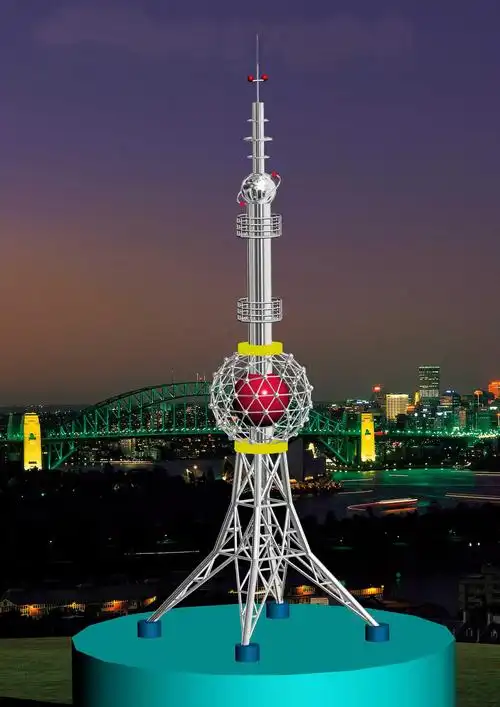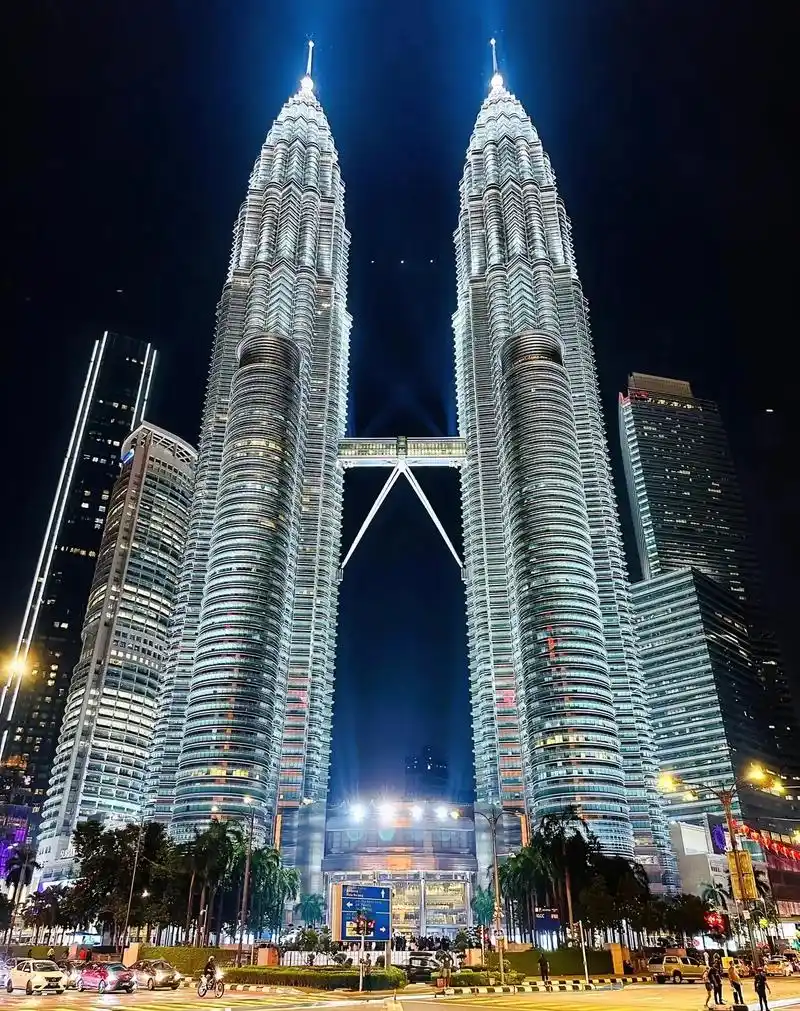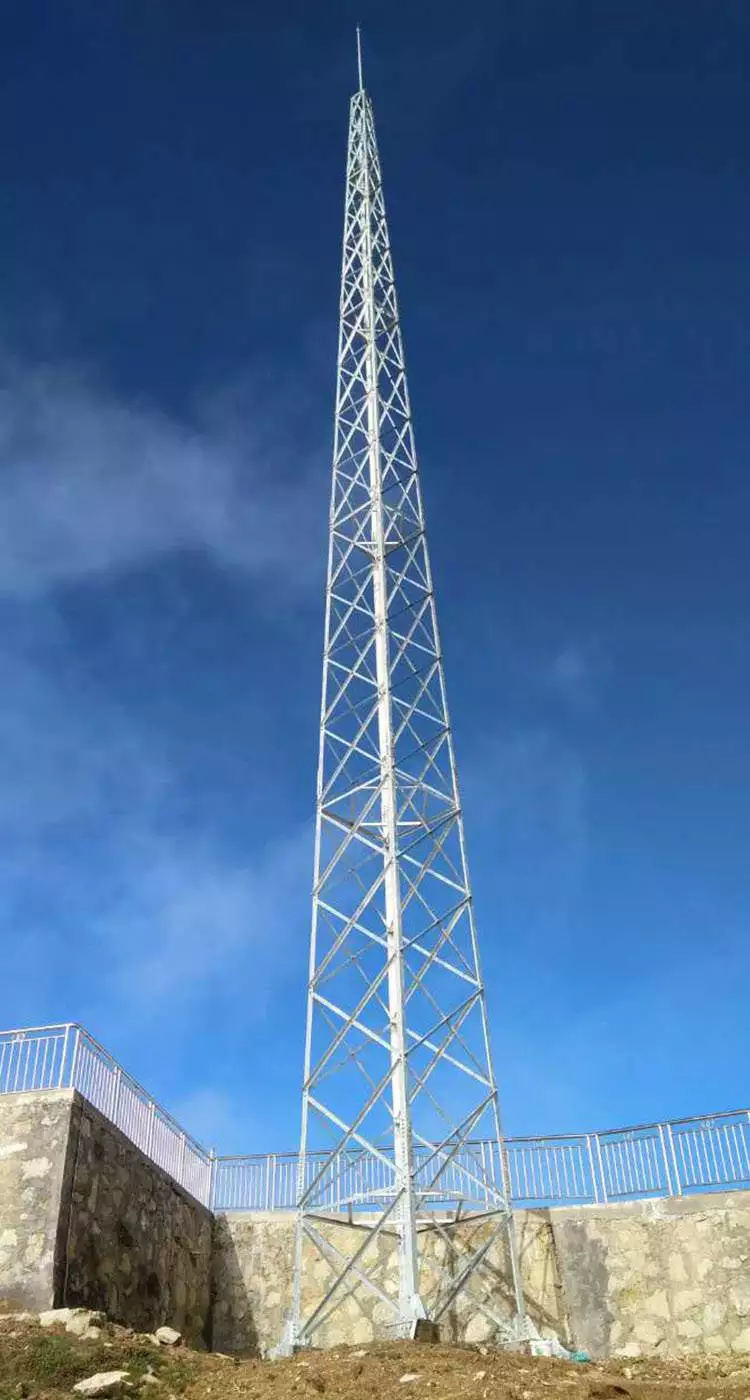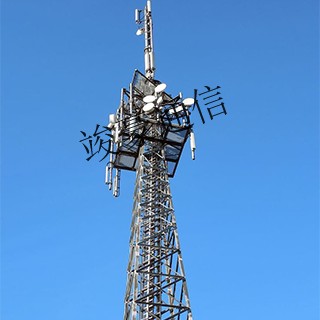World's Fascinating Lightning Towers: Guardians of the Skies
一、Introduction

What are Lightning Towers?
Lightning towers are structures specifically designed to protect areas from lightning strikes. As defined in the various sources, a lightning tower is a tall structure that is taller than it is wide. These towers play a crucial role in safeguarding buildings and infrastructure. According to the explanations provided by different resources, the term "tower" in general refers to a tall but slender structure that can serve different purposes in different environments. In modern architecture, towers are also used to describe extremely tall single buildings. For example, the World Trade Center that once stood on Manhattan Island in New York was called "the Twin Towers". Lightning towers are a specific type of tower that emits lightning energy and can put an enemy into a paralyzed state when hit. They are an important part of a strategy in games as they can easily kill harvesters in the early stages of the game. Additionally, lightning towers can also refer to lightning-towers which are essentially lightning arrestors. These towers are distinguished from masts by their lack of guy-wires and are self-supporting structures like tall buildings. Their principal function is to use their height to achieve various purposes such as enabling visibility of other features attached to the tower or increasing the visibility of the surroundings as in a fortified building like a castle. They can also be a structural feature as an integral part of a bridge.
二、Famous Lightning Towers Around the World
Petronas Towers

The Petronas Towers in Malaysia are not only known for their iconic design and remarkable height but also for their effective lightning protection systems. These twin towers stand as a symbol of modern architecture and engineering excellence. According to the explanations provided by different resources, towers are distinguished from masts by their lack of guy-wires and are self-supporting structures like tall buildings. The Petronas Towers fit this description perfectly. Their lightning protection system likely includes measures such as those described in the resources on lightning protection. For example, it may involve the use of practical integrated lightning protection measures, comprehensive measures of lightning protection, or a combination of different techniques to ensure the safety of the towers and the people around them.
Twin Towers

The former World Trade Center's towers were also an architectural marvel. Their lightning protection measures were crucial in safeguarding the massive structures. Although these towers are no longer standing, their legacy lives on. The resources on lightning protection systems provide insights into the types of measures that may have been in place. For instance, a lightning protection system for a structure of such magnitude would likely include external and internal protection systems. External lightning protection might involve features like lightning rods and conductors to direct lightning strikes safely away from the building. Internal lightning protection could include surge protectors and grounding systems to protect electrical equipment and prevent damage from induced currents. The Twin Towers were not only symbols of economic power but also examples of advanced engineering and safety considerations.
三、How Lightning Towers Work
Attracting Lightning
Lightning towers attract lightning through a process known as electrostatic induction. As a thunderstorm approaches, the electrical charge in the atmosphere creates an electric field. The tall structure of the lightning tower disrupts this field and causes a separation of charges. The top of the tower becomes positively charged, while the bottom becomes negatively charged. This creates a strong electric field gradient between the tower and the surrounding air. When the electric field becomes strong enough, it ionizes the air around the tower, creating a path for the lightning to follow. The lightning is then attracted to the tower and safely conducted to the ground through a system of conductors and grounding electrodes.
Technology Used
Modern lightning towers employ advanced technologies to ensure effective lightning protection. One such technology is the use of lightning rods made of materials with high electrical conductivity, such as copper or aluminum. These rods are designed to capture the lightning strike and conduct the electrical current safely to the ground. Another technology is the implementation of surge protection devices, which protect electrical equipment from the damaging effects of lightning-induced surges. Additionally, some lightning towers may use advanced monitoring systems to detect approaching storms and provide early warning to nearby areas. These systems can also help in assessing the effectiveness of the lightning protection measures and identifying areas for improvement.
四、Importance of Lightning Towers
Protecting Lives and Property
Lightning towers play a crucial role in protecting lives and property. By attracting lightning and safely conducting it to the ground, they prevent damage to buildings, infrastructure, and people. The significance of these towers cannot be overstated. They act as guardians, standing tall and ensuring the safety of those around them. In areas prone to thunderstorms, lightning towers are essential for preventing the destruction that lightning strikes can cause. They save lives by reducing the risk of injury or death from lightning-related accidents.
Ensuring Continuity of Services
Lightning towers also help maintain the smooth operation of various services. According to the definition of "service continuity", these towers ensure that services are not interrupted by lightning strikes. For example, in telecommunications, lightning towers protect communication towers and equipment, ensuring that signals are not disrupted. In power distribution, they prevent damage to power lines and substations, maintaining a continuous supply of electricity. Continuity is essential for businesses, industries, and daily life. Without lightning towers, services could be disrupted, causing inconvenience and economic losses. Lightning towers provide the stability and reliability needed for services to operate without interruption.
五、Conclusion

The Future of Lightning Towers
The future of lightning tower technology holds great promise. With the continuous advancement of science and technology, we can expect to see several potential developments. For instance, materials with even higher electrical conductivity could be used in the construction of lightning rods, enhancing the efficiency of attracting and conducting lightning strikes. Advanced monitoring systems might become more sophisticated, providing real-time data on storm activity and enabling more accurate predictions and early warnings.
There could also be innovations in the design of lightning towers to make them more aesthetically pleasing while maintaining their functionality. Additionally, research might lead to the integration of lightning protection with other technologies, such as renewable energy systems, to maximize the utilization of infrastructure.
As society becomes more aware of the importance of protecting lives and property from lightning strikes, the demand for improved lightning tower technology is likely to grow. This will drive further research and development, leading to more advanced and effective lightning protection solutions.




